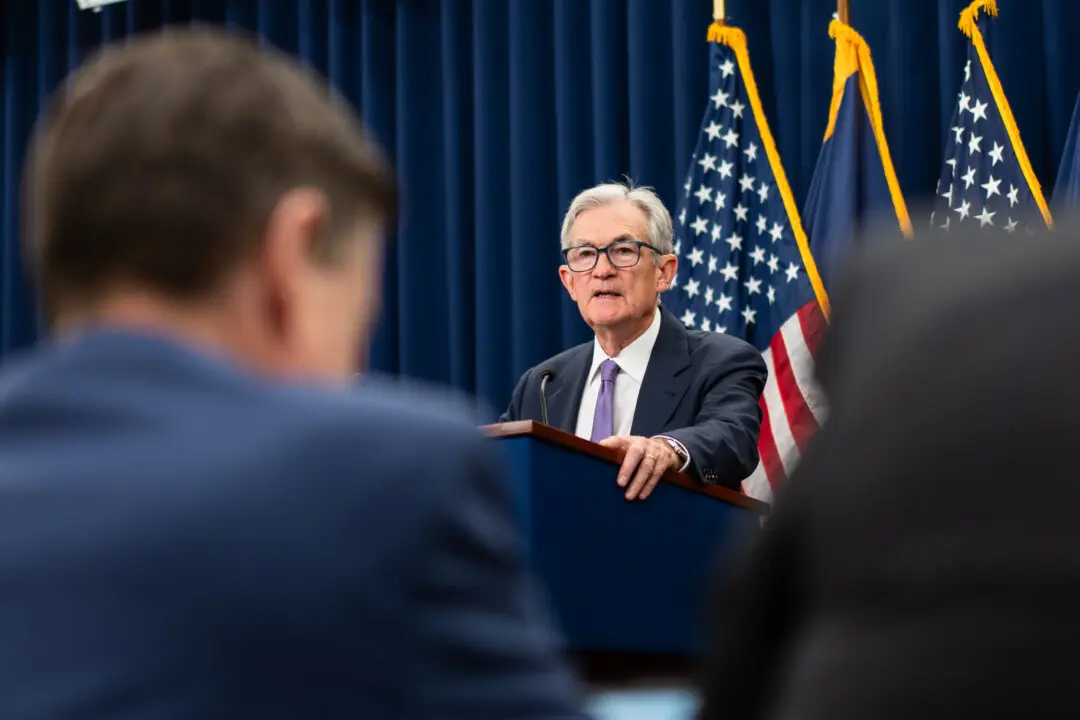At a time when inflation is roughly double the Federal Reserve’s 2 percent target, U.S. workers are still enjoying notable pay raises. However, the good news for the labor force might be bad news for the Fed’s fight to vanquish inflation from the economy.
The employment cost index (ECI) rose by 1.1 percent in the third quarter, the Bureau of Labor Statistics said on Nov. 1. That’s an increase from 1 percent in the second quarter, and also slightly higher than the consensus estimate of 1 percent.





